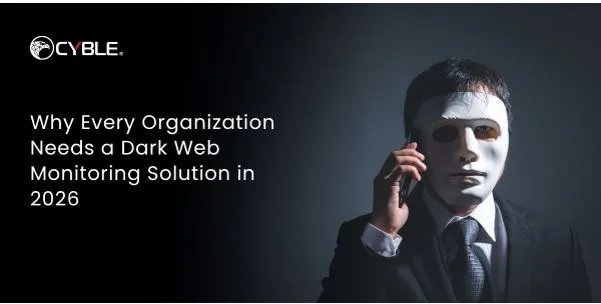7 Ways to Project Confidence When Presenting to an Audience
Public speaking can be a daunting task, but projecting confidence is key to delivering an impactful presentation. Whether you’re addressing a small team or a large conference, your ability to convey self-assurance can significantly influence how your message is received. This guide will explore seven practical strategies to help you project confidence, ensuring you connect with your audience and leave a memorable impression.
1. Master Your Topic Inside and Out
Confidence begins with preparation. Knowing your topic thoroughly not only helps you handle challenging questions but also reduces anxiety. Take time to research, practice your content, and familiarize yourself with any data, visuals, or anecdotes you’ll use. The better you understand your material, the more naturally you’ll speak.
For example, a dentist presenting findings at a conference might prepare by reviewing case studies, anticipating audience questions, and practicing how to explain complex concepts in simple terms. Speaking about a field you are well-prepared for will give your confidence an instant boost.
2. Practice Without Memorizing
Memorization can lead to stumbling if you forget a line. Instead, focus on understanding the flow of your presentation and key talking points. Rehearse multiple times, but allow room for flexibility and adaptability.
Practice in front of friends or colleagues and ask for constructive feedback. Record yourself and review your tone, pace, and posture. The goal is to sound natural and in the moment, not like you’re reciting a script.
3. Use Body Language to Your Advantage
Your posture, gestures, and eye contact play a huge role in how confident you appear. Stand tall with your shoulders back, maintain consistent (but not overwhelming) eye contact, and use intentional gestures to emphasize key points.
Avoid closed-off body language, like crossing your arms or slouching. Instead, adopt an open, welcoming stance. Power poses, such as standing with your feet firmly planted and hands at your sides are especially helpful in reducing pre-presentation jitters.
4. Warm Up with Small Talk
Before diving into the core of your presentation, consider starting with a brief period of small talk or casual conversation. This initial interaction serves multiple purposes: it helps establish a connection with your audience and can ease any pre-presentation jitters you might experience.
A simple, relatable comment or a remark tied to the location can be an excellent icebreaker. For instance, you might share an anecdote like, “I recently had a delightful visit to New Market, VA. I struggled finding a dentist in New Market, VA while visiting recently, but the locals were so kind in recommending one.” Such a natural touch immediately makes you more approachable and sets a relaxed, conversational tone for your presentation. This initial connection can significantly enhance audience receptiveness to your main points.
5. Speak Clearly and Pace Yourself
Speaking too quickly can signal nervousness, while speaking too slowly runs the risk of losing your audience’s attention. Practice pacing your delivery so that you’re deliberate but engaging.
Enunciate words clearly and take natural pauses to emphasize important points. A well-paced speaker conveys thoughtfulness and composure, which are hallmarks of confidence.
6. Embrace Mistakes
Even the most seasoned speakers experience the occasional hiccup. Whether it’s forgetting a point or mispronouncing a word, it’s okay to make mistakes. Instead of freezing, acknowledge it with humor or gracefully move on.
For instance, if you misstate a statistic, you can correct yourself by saying, “Correction! What I meant to say was…” and proceed without drawing negative attention to the gaffe. How you recover from a mistake is what leaves a lasting impression.
7. Focus on the Audience, Not Yourself
Shift your focus from yourself to the value you are providing your audience. What do they need or want to learn? By channeling your energy into meeting their needs, you’ll naturally take the pressure off yourself.
Engaging with the audience through questions, humor, or references to their interests creates a dialogue rather than a one-way presentation. The more connected your audience feels, the more confident you’ll appear as their speaker.
Confidence on stage isn’t something innate; it’s a skill you can develop. By practicing these tips regularly and preparing effectively, you’ll command attention and leave a lasting impression at your next presentation.



